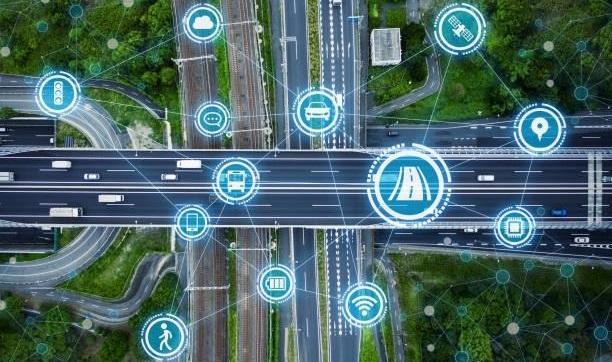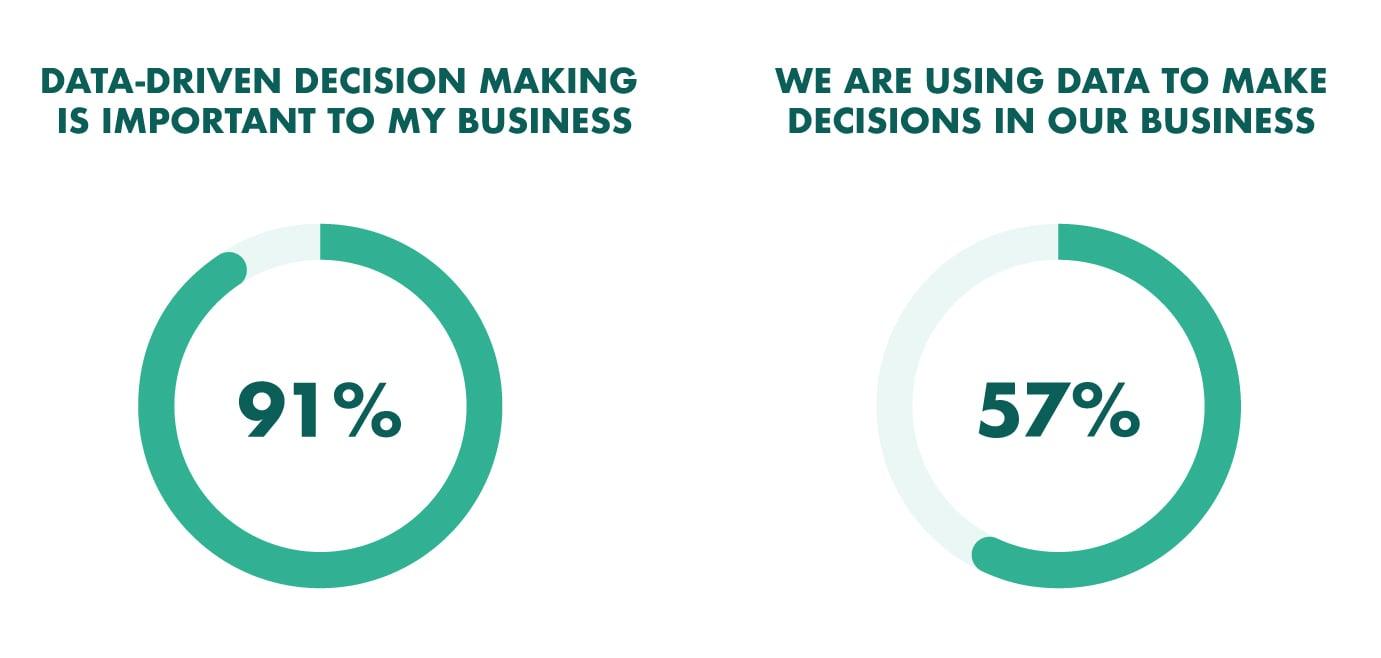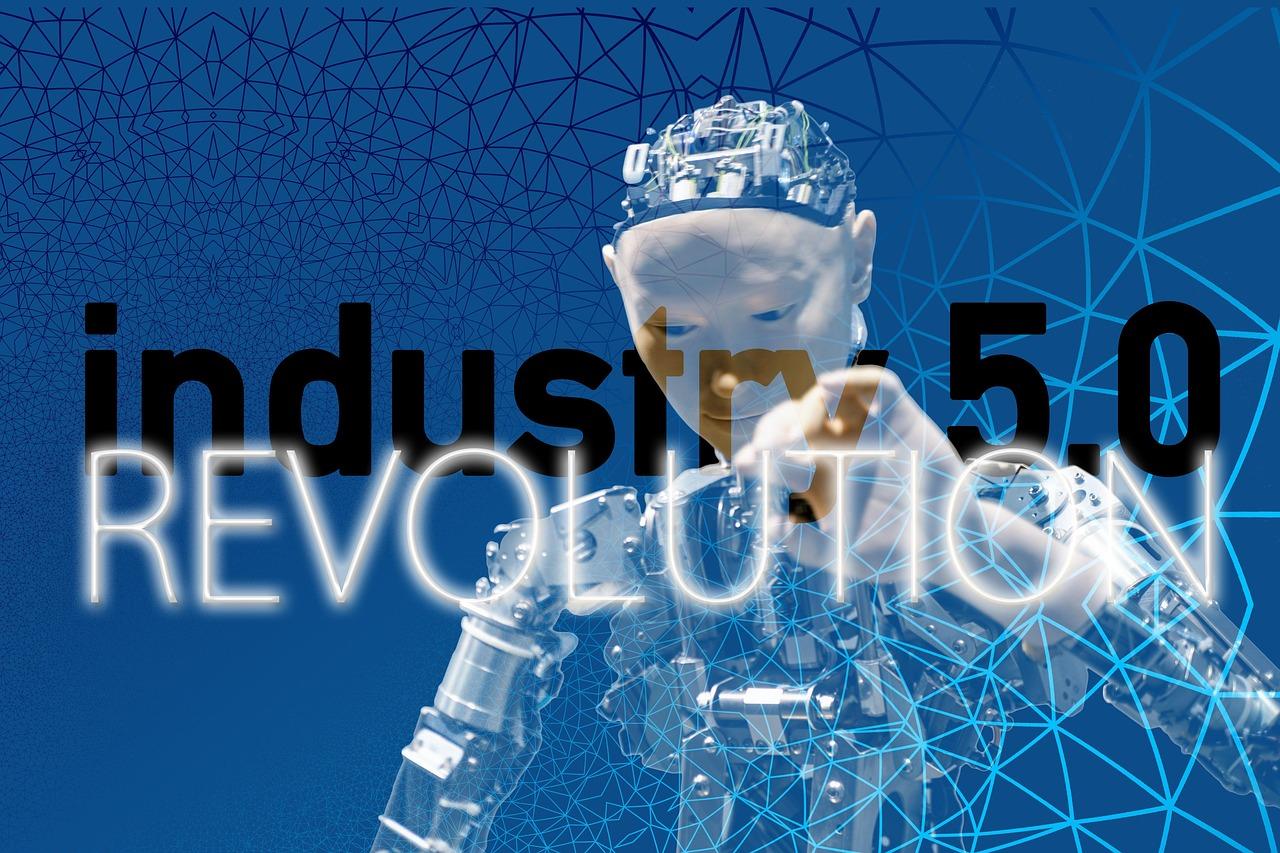In an era defined by rapid technological advancement, the trucking industry stands at the crossroads of innovation and tradition.As fleet operators navigate the complexities of logistics, a new alliance emerges between artificial intelligence (AI) and telematics, reshaping the landscape of trucking insurance. Gone are the days of one-size-fits-all policies; the integration of real-time data analytics is paving the way for a more dynamic approach to risk management. In this article, we will explore how AI and telematics are revolutionizing the underwriting process and claims handling, offering a glimpse into a future where data-driven insights enhance safety and efficiency on the open road. By examining the implications of this technological synergy,we can better understand its potential to not only lower costs but also improve the overall safety of the trucking industry. Join us as we delve into the transformative possibilities that lie ahead in the world of trucking insurance.
Navigating the Digital Highway: How AI is Transforming Telematics in Trucking Insurance
The integration of AI with telematics is revolutionizing how trucking insurance operates, providing a sophisticated framework for assessing risk and customizing policies. By collecting real-time data from vehicles,such as speed,braking patterns,and route choices,insurers can analyze driver behavior and vehicle performance with unprecedented accuracy. Telematics systems, paired with AI algorithms, can identify potential hazards before they escalate, enabling insurers to offer more tailored coverage and proactive risk management. This shift not only minimizes the likelihood of accidents but also facilitates immediate feedback to drivers, fostering safer driving habits and possibly lowering insurance premiums.
Furthermore, the utilization of AI-driven analytics enables insurers to process vast amounts of data efficiently, thereby enhancing their underwriting processes. Key benefits of this conversion include:
- Predictive Analytics: Identifying patterns in driving behavior to forecast future risk levels.
- Dynamic Pricing: Allowing real-time adjustments to premiums based on the latest driving data.
- Claims Processing: Streamlining the claims process through automated assessments and quicker payouts.
this technological advancement is not only reshaping the insurance landscape but also paving the way for a safer, more efficient trucking industry, where risk is substantially mitigated through clever monitoring and intervention.

Data-Driven Decisions: Enhancing Risk Assessment Through Advanced Analytics
In the evolving landscape of trucking insurance, leveraging advanced analytics has become a game-changer for risk assessment. By harnessing the power of data from various sources, insurers can now craft extensive profiles that reflect real-time conditions and driver behaviors. With the integration of AI-driven models,companies can identify patterns and correlations that were once invisible,allowing for more precise predictions of risk levels associated with specific drivers or fleets. This data-centric approach not only improves underwriting efficiency, but also enhances premium pricing strategies, ensuring that costs align with actual risk exposure.
The use of telematics technology plays a pivotal role in transforming risk management practices within the trucking industry. By collecting data through in-vehicle devices, insurers gain insights into factors such as speed, braking habits, and route choices.These metrics help to create a dynamic risk profile that is continually updated, enabling adjustments in policy terms and pricing. Key benefits of implementing telematics in risk assessment include:
- Enhanced understanding of driver behavior
- Real-time data for proactive risk mitigation
- Increased openness in claims processing
- Better identification of high-risk routes and conditions
| Metrics | Impact on Risk Assessment |
|---|---|
| Driver Speed | Identifies potential for accidents based on speed limits |
| Braking Patterns | Assesses driving aggression and potential vehicle wear |
| Route Variability | highlights risk exposure in different geographic zones |

Real-Time Monitoring: the Role of Telematics in Proactive Risk management
As the trucking industry navigates the complexities of risk management, telematics emerges as a vital tool that enables real-time monitoring of fleet operations. By integrating advanced GPS technology and onboard sensors, telematics systems offer valuable insights into various parameters such as speed, fuel consumption, and vehicle health. This data not only aids in optimizing fleet performance but also plays a crucial role in identifying potential risks before they escalate into meaningful issues. As an example, alerting fleet managers about erratic driving behaviors can foster proactive training sessions, ultimately leading to safer driving habits.
Moreover, the implementation of telematics equips insurance companies with critical data to assess risk more accurately. This leads to the development of tailored insurance policies that reflect the actual risk profile of each fleet. Analyzing data trends can help mitigate potential hazards by providing actionable insights, such as:
- Predictive maintenance: Regularly scheduled check-ups based on data analytics.
- Driver performance tracking: Monitoring behaviors that could lead to accidents.
- Route optimization: Identifying safer and more efficient routes to reduce exposure to risk.
Ultimately, leveraging telematics not only enhances the operational efficiency of trucking fleets but also elevates the entire insurance ecosystem by fostering a proactive approach to risk management.

Future Trends: Embracing AI Technologies for Smarter Insurance solutions in Trucking
As the trucking industry navigates the challenges of modern logistics, embracing AI technologies transforms conventional risk management approaches. Advanced machine learning algorithms can analyze vast amounts of data from telematics, enhancing predictive analytics to identify potential hazards and optimize routes. By integrating AI into insurance solutions, companies can achieve a more proactive stance towards risk, resulting in:
- Real-time Monitoring: Continuous tracking of vehicles to assess driver behavior and environmental conditions.
- Personalized Premiums: Dynamic pricing models based on individual risk assessments rather than generalized estimates.
- efficient Claims Processing: Automated systems that expedite claims through AI-based damage assessment and fraud detection.
In this landscape,telematics data becomes invaluable,feeding into algorithms that create risk profiles unique to each fleet. As insurers refine their products, they can offer tailored services that meet the diverse needs of trucking companies. The table below illustrates key features that AI and telematics can deliver in insurance policies:
| Feature | Benefit |
|---|---|
| Data Analytics | Enhanced insights for risk assessment and mitigation. |
| Predictive Modeling | Anticipate incidents before they occur, reducing loss ratios. |
| Automated Underwriting | Faster and more accurate policy approvals based on real-time data. |
The Way Forward
As we steer into the future of trucking insurance, the confluence of AI and telematics stands as a beacon of transformation in risk management. This innovative pairing not only promises enhanced safety and efficiency but also reshapes the landscape of how risks are identified,assessed,and mitigated. As we embrace this technological evolution, stakeholders across the industry—from insurers to fleet operators—must adapt and evolve alongside these advancements, forging a new path in the journey of transportation.
The road ahead is paved with opportunities for better insights and informed decision-making, driving down costs and lifting up standards of safety. As we harness the power of data and machine learning, the potential to redefine risk management in trucking is limitless. The question remains: How will we navigate this dynamic terrain? As we reflect on the insights unveiled in this article, let us remain committed to collaboration and innovation, ensuring that the future of trucking insurance is not just secure, but also sustainable for generations to come. Buckle up; it’s going to be an exciting ride.
